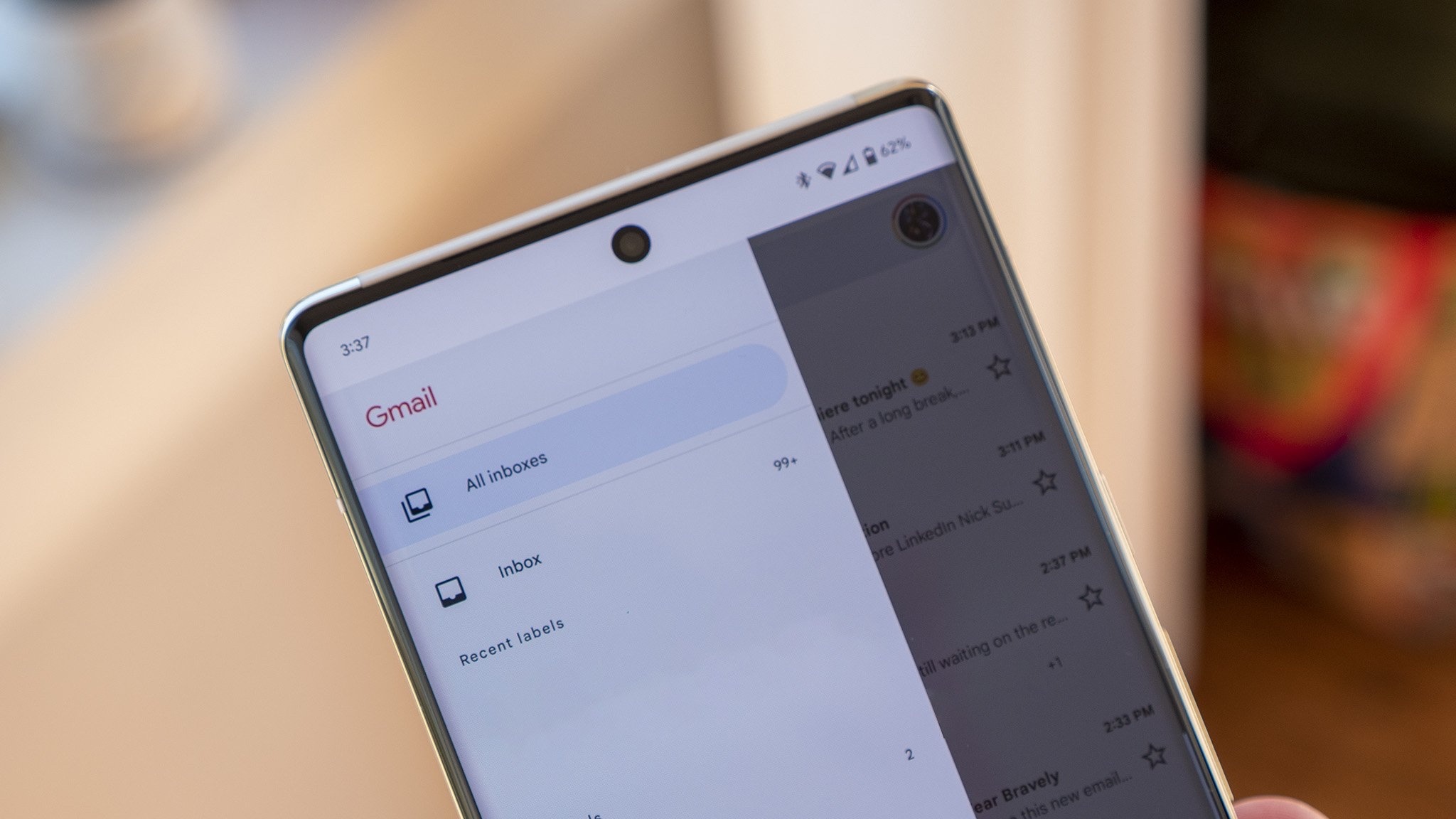
What you need to know
- Google was spotted developing a new feature through Play Services called "Shielded Email."
- The feature will supposedly let users create a "fake," "generated" email for apps that may require one to avoid potential online risks.
- Google stepped up its fight against spam/phishing attempts by rolling out verified marks in Gmail and bolstering it with a new spam detector.
Google is reportedly developing an email protection feature that echoes what Apple's done for iOS.
Well-known X tipster AssembleDebug (Android Authority) dove into the latest Play Services build (v24.45.33) and found support for a new feature. Strings in the code suggest Google is working on a "generated email address" tool under the "Shield Email" moniker.
Other strings give us an idea of how this might work as one claims users can generate an email "created for this app." The company's early description reads, "this can protect you from online tracking and data breaches."
Another set of strings highlights "email forwarding." This generated guise will seemingly let users forward emails it receives to their true address. There is space in the code for users to enter their actual email when the time comes. Moreover, Google is working on an option that lets users opt out if things turn to spam.
Additional descriptors show that Google intends this feature to keep users' emails private. The publication states these generated emails will be "single-use" or "limited-use aliases." The recent Play Services build notably lacks where Google could implement this feature.
The post states that further digging through the APK suggests Google plans to work Shielded Email directly into apps that may ask for your email.
Despite its rollout uncertainty, the feature has reportedly appeared on the Autofill settings page. However, the tipster notes that tapping it doesn't offer much as it's still under development, but this could indicate a debut that's sooner, not later.
Google has consistently stepped up its game to combat spam as Gmail picked up a new spam detector. The company implemented a new text vectorizer called "RETVec." Research showed that it enhanced the app's spam detection by roughly 38% and reduced false positives by ~20%. In short, RETVec would scan an incoming email with sharp eyes on the symbols used to weed out would-be spam.
Similarly, Gmail received blue verification checkmarks, a part of the BIMI authentication system. The purpose of the marks is to give users quick, forward-facing confirmation of an email's legitimacy. If a sender is who they say they are, they will display a blue checkmark beside their logo/name. Of course, this applies to official businesses to help users dodge dangerous phishing attempts.







